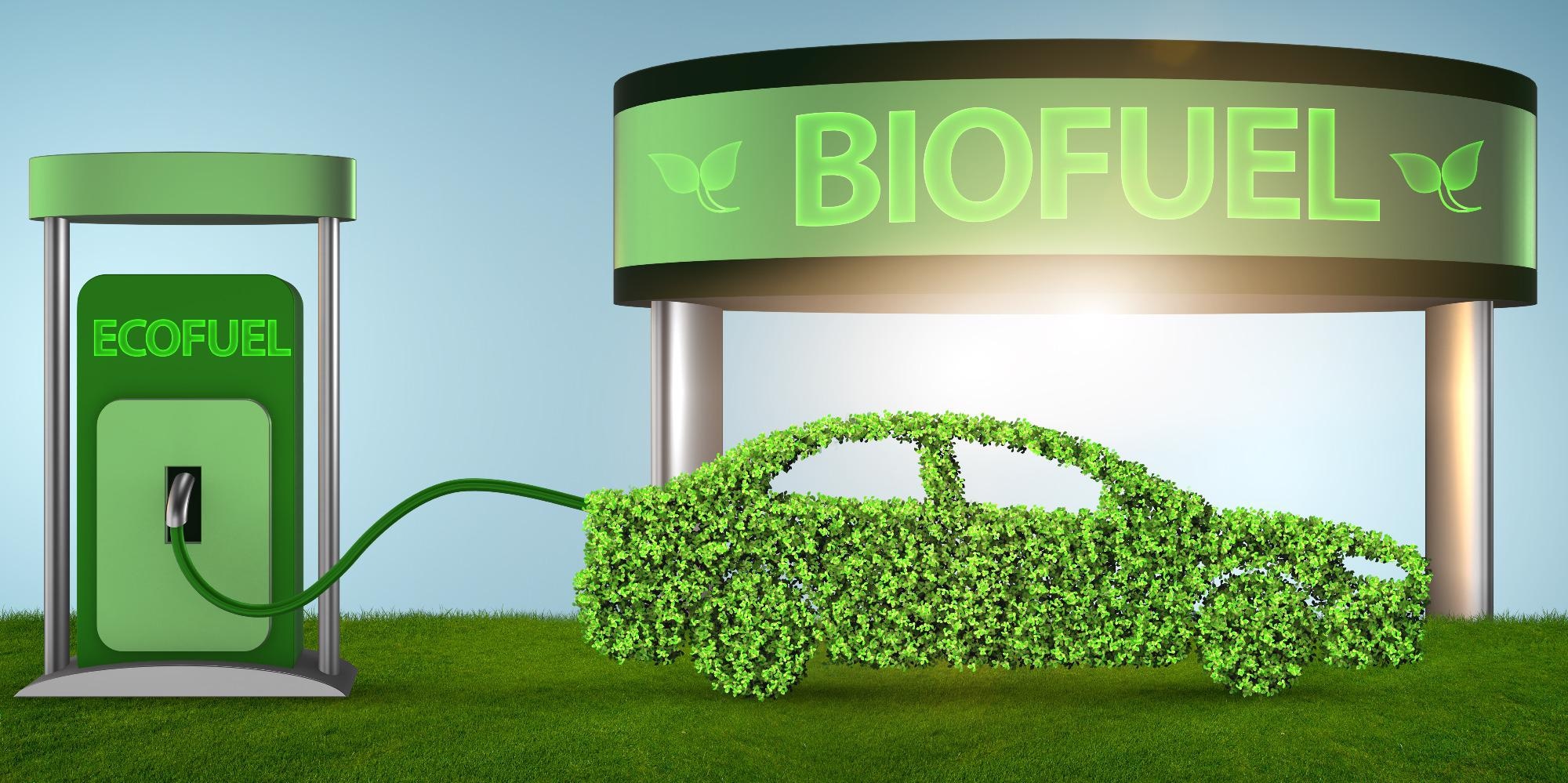Reviewed by Alex SmithSep 23 2021
New research led by engineers from Lancaster University unravels a method for producing renewable biofuel additives, which involves the use of radiation derived from nuclear waste.

Image Credit: Shutterstock.com/ Elnur
In the future, the renewable proportion of petrol is set to rise to 20%, implying that the discovery of a new production technique for these additives could support the reduction in carbon dioxide emissions to mitigate climate change.
The researchers present a process to produce an additive called solketal, using waste from both biochemical and nuclear industries, known as a nuclear biorefinery. The study titled “Nuclear-driven production of renewable fuel additives from waste organics” was published in the journal Communications Chemistry.
This research presents a new advance that utilises radiation that could, in the future, be derived from nuclear waste to produce renewable biofuel additives from biodiesel waste, which could then be used in modern petroleum fuel blends. With the renewable proportions of petroleum-derived fuels set to increase from 5 per cent to 20 per cent by 2030, fuel additives sourced this way could help address net-zero carbon emission targets.
Arran Plant, PhD Researcher, Lancaster University
According to Malcolm Joyce, a Professor of Nuclear Engineering at Lancaster University, “Co-generation with nuclear energy is an important area of current research, for example, using heat alongside the production of electricity. We set out to determine whether radiation might also present a similar possibility, and discovered that it can: in this case yielding a low-carbon fuel additive.”
I am so excited about our work as it reveals a new method for processing wastes from biodiesel industry using spent nuclear energy. This green technology will pave the pathway to use waste as a resource to produce valuable chemicals and biofuels.
Dr. Vesna Najdanovic, Biofuels Expert, Aston University
Dependable, low-carbon energy from nuclear or biofuels is key to several approaches to decrease carbon emissions. However, nuclear plants involve more upfront expenditure and the production of biodiesel generates waste glycerol, which does not find many secondary uses.
The integration of technologies to produce raw materials from waste glycerol using ionizing radiation has the potential to diversify nuclear energy use. It can also effectively use biodiesel waste.
The team identified that residual energy from exhausted nuclear fuel can be used to make a shot-lived, radiation-induced catalyst. This catalyst enables a reaction that makes both acetol and solketal. This process eliminates the need for expensive and energy-intensive steps such as high temperature, pH changes, high pressure or additional catalytic reagents with negligible ongoing radiation-processing costs when completely set up.
Solketal is an upcoming fuel additive that enhances the fuel octane count and brings down gum formation, thus restricting irregular fuel combustion (knocking) and reducing engine efficiency losses. It also simultaneously reduces particulate emissions.
On the other hand, acetol can be used to synthesize other useful chemicals like propylene glycol and furan derivatives, or as a dyeing agent for textile manufacturing.
Taking the scalability of this process in nuclear facilities within Europe (i.e., spent fuel pools or contemporary Pressurized Water Reactors) into account, researchers have assumed that 104 tonnes per annum of solketal could be produced by nuclear co-production. This would be equal to a considerable volume of usable fuel blend per year.
An increase in the renewable ratio of commercial petroleum blends by 5% to 20% v/v is predicted by 2030. It was reported recently that E10 petrol will be accepted as a standard grade in the United Kingdom.
Nuclear-powered, biomass-derived solketal could add to the march toward net-zero emission targets, integrating low-carbon co-generation and co-production.
The research was performed by Lancaster researchers Arran Plant and Professor Malcolm Joyce, along with Dr. Vesna Najdanovic from Aston University, in collaboration with experts from the Jožef Stefan Institute - Reactor Physics Department in Slovenia. The study was supported by Lancaster University, the Engineering and Physical Sciences Research Council and the Royal Society.
Journal Reference:
Plant, A. G., et al. (2021) Nuclear-driven production of renewable fuel additives from waste organics. Communications Chemistry. doi.org/10.1038/s42004-021-00572-5.